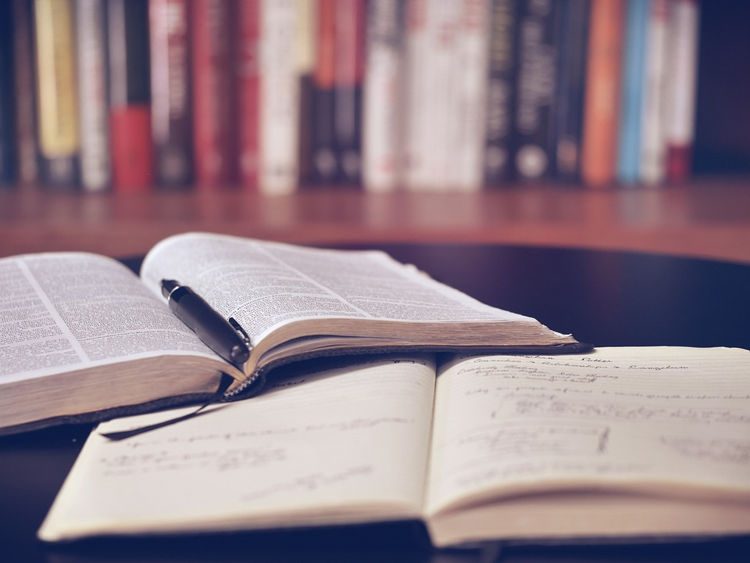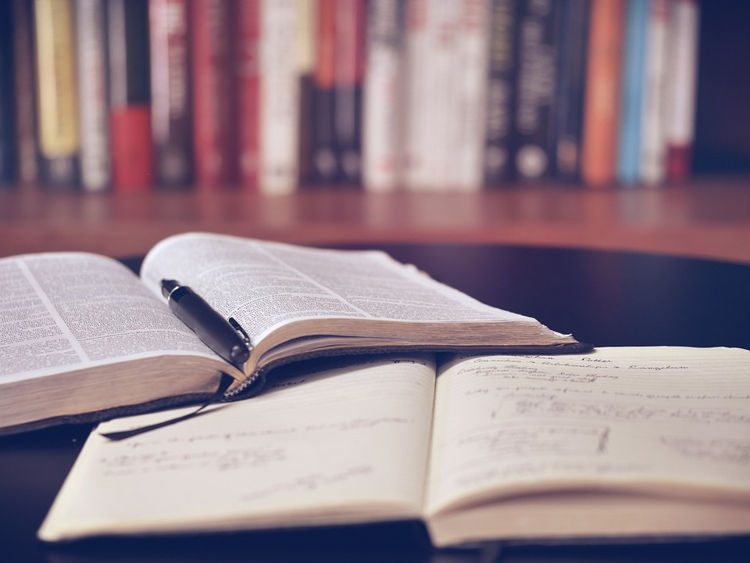An Indian education organization recently sparked controversy by introducing an optional engineering course that teaches students that modern inventions like aeronautics, batteries, as well as knowledge of gravity existed in India during the Vedic Age, thousands of years ago.
Human Resource Development Ministry (HRD) decided to introduce into the country’s engineering curriculum a controversial book that makes all kinds of bombastic claims, from the fact that the Wright brothers didn’t really invent the airplane, to assertions that ancient Indian ‘scientists’ in the Vedic Age (1500 – 500 BCE) knew about gravity long before Isaac Newton. This book is seen as another attempt by Narendra Modi’s government to promote pseudoscience pushed by Hindu groups.
Entitled Bharatiya Vidya Saar, the controversial book is set to be introduced as part of an optional credit course in engineering colleges and universities affiliated with the All India Council for Technical Education (AICTE). For some reason, the optional course, called Indian Knowledge Systems, will focus on Indian philosophical, linguistic and artistic traditions, as well as yoga and Indian perspective of modern scientific worldview. Those don’t sound like the kinds of things engineering courses should focus on, but wait until you hear what students will actually be taught.

Photo: lil_foot_/Pixabay
Indian news website The Print received a copy of the book and presented some of the mind-blowing claims presented as facts. In a section of the book called “Myths vs Reality”, the ‘Myths’ section reads “It is believed that aeronautics was developed by Wright Brothers in 1903”, but under ‘Reality’ it states that “In Vedic age, Maharshi Bhardwaj wrote an epic called Yantra Sarvasva and aeronautics is a part of the epic. This was 5,000 years before Wright brothers’ invention of the plane”.
“Yantra Sarvasva is not available now but out of whatever we know about it, we can believe that planes were a reality in Vedic age. This should be mentioned in the technical studies curriculum in India,” the authors of the book wrote.
The invention of electricity and batteries is also attributed to ancient Indian scientists: “Credit for the invention of batteries is given to British scientist Frederik Daniel (sic) and that of electricity to Benjamin Franklin, but Maharishi Agastya in Agastya Sanhita talks about it much before these scientists.”
You may think that the theory of gravity was first formulated by Isaac Newton, but according to Bharatiya Vidya Saar you are wrong:
“It’s a Myth that Theory of Gravity was discovered by Isaac Newton in 1666 AD; the truth is that thousands of years before Newton, a number of epics were written on the gravitational force and we can find the evidence in the Rig Veda.”
A teacher who worked on the newly adopted curriculum but did not want to be named in the article published by The Print defended the course, insisting that the notions presented in the book are facts.
“The idea is to make students aware of ancient scientific knowledge, which is why this curriculum has been developed,” the anonymous professor said. “For ages now, we have been learning how the British invented things because they ruled us for hundreds of years and wanted us to learn what they felt like. It is now high time to change those things and we hope to do that with this course.”
Looking at some of the people involved in India’s education system, the idea of how such a book could make it into the curriculum starts to make sense. For example, Satyapal Singh, a junior Human Resource Development minister, has long contested the notion that the Wright Brothers invented the airplane, claiming instead that “the first flying machine was invented by Indian scholar Shivkar Bapuji Talpade”.
Rajasthan education minister Vasudev Devnani is also known for contesting generally accepted scientific facts. He claims that the laws of gravitation were formulated by Indian astronomer Brahmagupta II at least 1,000 years before Isaac Newton. Interestingly, this same official once claimed that the cow was the only animal to both inhale and exhale oxygen…













